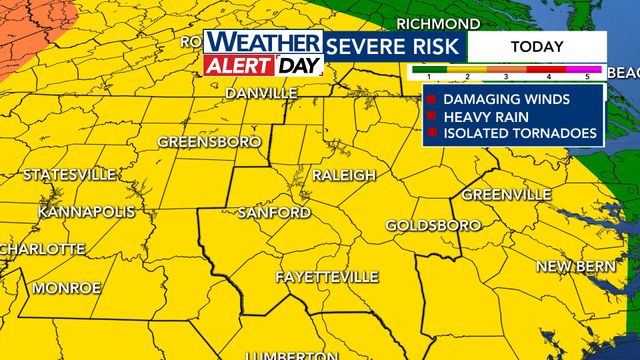Second of three major NC 540 contracts awarded

The state Department of Transportation this week awarded the second of three contracts to finish the N.C. Highway 540 toll road in southern Wake County.
The $160 million contract to Flatiron-Branch Civil Joint Venture involves building the six-lane highway from east of Pierce Olive Road, near Holly Springs, to east of U.S. Highway 401, along with an interchange at U.S. 401.
Construction could begin late this year, and the project is expected to open to traffic in 2023, officials said.
In November, the DOT awarded a $403 million contract to Lane Blythe Construction Joint Venture of Charlotte to building the section of N.C. 540 between U.S. 401 and Interstate 40. Construction on that segment is also supposed to start this year and be finished by 2023.
A third contract to design and build a segment of the highway between the N.C. Highway 55 Bypass in Apex and Pierce Olive Road is expected to be awarded later this year.
Transportation officials want to extend the toll road, also known as the Triangle Expressway, by 28 miles, from the N.C. 55 Bypass to U.S. Highway 264 in Knightdale.
Work on the stretch between I-40 and U.S. 264 wouldn't start until 2027, officials said last year.
Construction on the southeastern portion of N.C. 540 has been held up for years by environmental concerns, including an endangered mussel that forced state transportation officials to look at various alternative routes.
One previously examined alternative for the highway, dubbed the "red route" because of its color on DOT maps, would have run through the heart of Garner, prompting an outcry from local residents and state lawmakers. Lawmakers initially barred consideration of the red route, but they relented when DOT officials said it had to be considered to remain eligible for federal funding. State officials eventually bypassed the red route for their preferred alternative.












